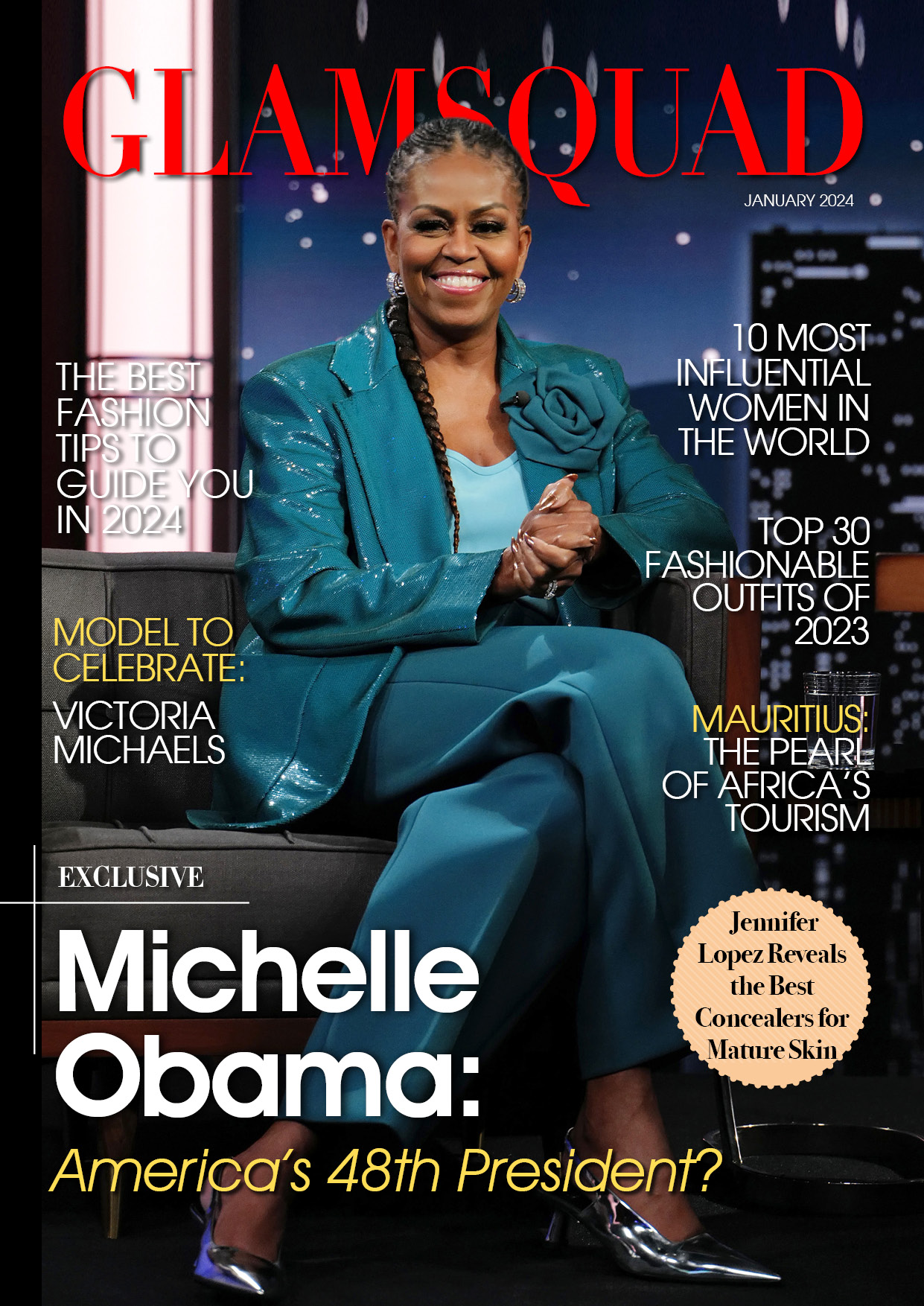Love them or hate them, Kanye West’s Yeezy shows were always one of the buzziest events of New York Fashion Week. So buzzy, in fact, that when it was revealed that he wouldn’t show a collection this past September at New York Fashion Week, the news sent ripples through the industry. West’s star power brought an undebatable excitement to the city. Add to that the fact that Season 5 was one of his most viable fashion propositions (thanks to the introduction of denim and a wider range of ready-to-wear), and you could say that everyone, from the fashion world to the hypebeasts tracking Yeezy sneaker releases, was excited for Season 6.
Leave it to West to quit while he’s ahead. There’s been much speculation about why he didn’t return to NYFW—budgets, personal issues, and a change of behind-the-scenes creatives have all been mentioned—but the why is sort of irrelevant at this point. What’s more interesting is how he went about revealing his sixth season.
This week, Yeezy chose to roll out Season 6 on his wife Kim Kardashian West. She wore 16 outfits over the span of two days in Calabasas with a clique of paparazzi trailing her every move. She went to the 7/11, she ate some soft serve ice cream, and she popped into a FedEx. Kim tweeted every look—or at least the ones she could find in her phone—and the Internet lit up. (For the record, there is no way these are real paparazzi pictures—not only would Yeezy have to pay exorbitant fees to use paparazzi-shot images in an e-commerce and marketing context, but the specific images of Kim they are using do not appear on paparazzi photo services. A Yeezy photographer probably stood with the “real” paps to take exclusive images.) Once Yeezy Season 6 fever hit a social media high, the brand went on to release all its products online for pre-order. It was the simplest, most pain-free reveal and rollout Yeezy ever executed.
So did it work? I’d say so. What West has accomplished in his Season 6 reveal is to distill the direct-to-consumer model to its purest form. West and his wife are two of the most famous people alive. They can afford to cut out the middleman—in this case the fashion press—and give their fans exactly what they want: Kim wearing Yeezy and the opportunity to instantly buy it.
But I don’t think other brands would be wise to follow in West’s footsteps—and not just because I’d like to keep my job attending and reporting on fashion shows. This rollout works for Yeezy for two reasons: the nature of its garments and the the fact that every item is available for pre-order, not buy-now-wear-now. Let’s start with the clothes.
Yeezy Season 6 is West’s easiest to digest collection ever. These are not clothes to change your life, these are clothes for your life. They are the most basic of basics in the most neutral of colors: leggings, tees, bras, and hoodies in cream, beige, ice blue, and gray. A lookbook well serves the simple nature of the clothing. By putting his collection of errandwear in the context of someone running her errands, West has also achieved branding harmony. Showing clothing in the context it’s meant for is the same reason Chanel just staged its intricate and luxurious Métiers d’Art show in Hamburg’s magnificent Elbphilharmonie, or Koché will stage her Pre-Fall show in the Strand bookstore in New York next week.
Now for the business aspect: Every item from Season 6 on YeezySupply.com right now is a pre-order. I’d venture a guess that Yeezy only made a handful of samples to shoot on Kim and will fulfill the online orders as they arrive. No back stock means money saved! But few existing designers can afford to use only this sales model. Most brands can do a pre-order through a site like Moda Operandi, but they also need guaranteed orders from retailers to meet factory minimums. Most brands also need to get exposure through press and retailers. Not so for Kimye, whose obsessed fans will follow them wherever they go.
The technique of teasing products on “real” people and then making them available for sale immediately after online has become the bread and butter of the millennial beauty industry. Just look at KKW Beauty for the proof. Kim posts about her product launches on her own social channels, uses the items on herself and her friends, and then releases them to the public immediately after. Kylie Jenner does the same thing. So does Fenty Beauty, Pat McGrath Labs, and Glossier.
The tease it–use it–launch it model works so well for beauty brands because there’s a low barrier to entry; a shopper might not bat a mascara’ed eyelash before clicking to buy Pat McGrath’s latest lipstick at $38. It might be less successful at a more elevated price point, but more affordable direct-to-consumer brands with big social followings—think Everlane, Warby Parker, or the Arrivals—might want to give the Kanye treatment a spin.
This story was first published in Vogue.com
See pictures below:













